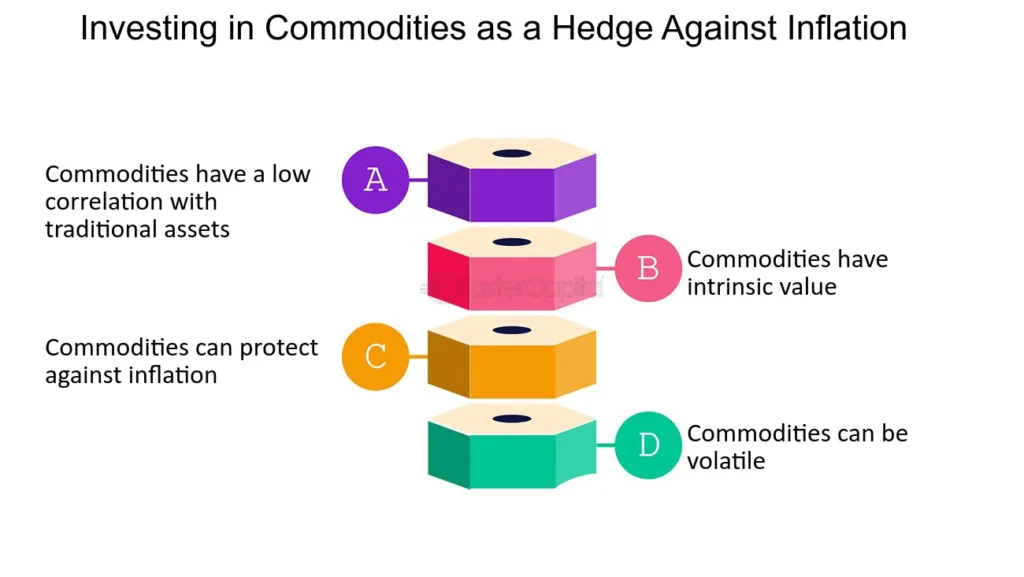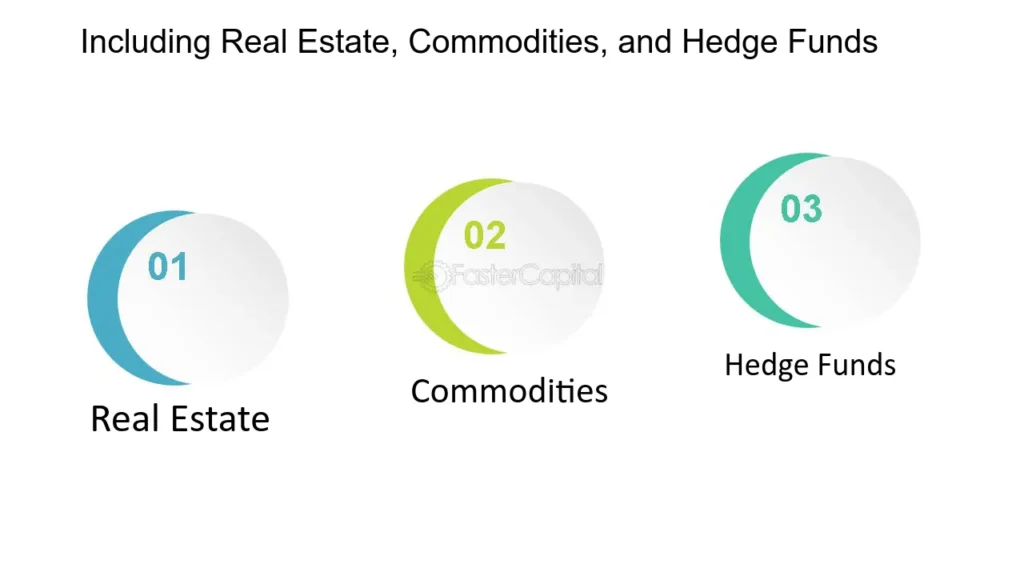📈 Commodities as an Inflation Hedge: Myths vs. Data-Backed Reality
Inflation erodes purchasing power, prompting investors to seek assets that can preserve value. Commodities—such as gold, oil, and agricultural products—are often touted as effective hedges against inflation. However, academic research and market data reveal a more nuanced picture. This article delves into the realities of using commodities to protect against inflation, separating myths from evidence-based insights.
🔍 Myth 1: Commodities Always Outperform During Inflation
While it’s a common belief that commodities consistently outperform during inflationary periods, studies show mixed results. For instance, a 53-year analysis found that only energy commodities consistently outpaced inflation, while many others underperformed .CFA Institute Research and Policy Center
📉 Myth 2: Commodities Are a Reliable Long-Term Hedge
Over extended periods, commodities have not consistently served as reliable hedges against inflation. The same 53-year study indicated that only energy commodities provided consistent inflation protection .CFA Institute Research and Policy Center
⚠️ Myth 3: All Commodities Respond Similarly to Inflation
Different commodities react differently to inflation. For example, industrial metals have shown substantial inflation-hedging ability during certain periods, while energy and agricultural commodities have not consistently done so .PIMCO+4Home+4CME Group Futures & Options+4IDEAS/RePEc+1Financial Times+1
📊 Myth 4: Commodity Futures Are Always a Good Investment
Investing in commodity futures can be complex and costly. Factors like roll yield and storage costs can erode returns, making them less attractive for long-term investors .cxoadvisory.comMorningstar
🛡️ Reality: Commodities Can Hedge Inflation Under Specific Conditions
Under certain circumstances, commodities can serve as effective hedges. For instance, a 1% surprise increase in U.S. inflation has historically led to a 7% real return for commodities, compared to declines in stocks and bonds .Home
🔄 Reality: Commodities Offer Diversification Benefits
Commodities often have low or negative correlations with stocks and bonds, providing diversification benefits. This can be particularly valuable during periods of rising inflation .CME Group Futures & Options+2PIMCO+2Financial Times+2CME Group Futures & Options+1Home+1
🧠 Reality: Understanding the Drivers of Commodity Prices
Commodity prices are influenced by various factors, including supply and demand dynamics, geopolitical events, and policy changes. For example, agricultural commodities have shown resilience during times of volatility due to factors like seasonal planting uncertainty and potential supply constraints .PIMCOFinancial Times
💰 Reality: Gold as a Partial Hedge Against Inflation
Gold has historically served as a partial hedge against inflation, particularly during periods of high inflation and geopolitical uncertainty. However, its effectiveness can vary depending on the underlying causes of inflation .man.com
🌐 Reality: Global Factors Impact Commodity Performance
Global factors such as climate change and geopolitical events can significantly impact commodity prices. For instance, climate change has led to rising food prices, which can contribute to sustained inflationary pressures .Financial Times
📉 Reality: The Importance of Portfolio Diversification
While commodities can offer inflation protection, they should be part of a diversified portfolio. Over-reliance on commodities can expose investors to significant risks, including high volatility and potential underperformance during periods of disinflation .London Business School

✅ Conclusion
Commodities can serve as effective hedges against inflation under specific conditions, such as during periods of supply shocks or geopolitical instability. However, they are not foolproof and should be approached with caution. Investors should consider the unique characteristics of different commodities, associated costs, and their overall portfolio strategy when evaluating commodities as an inflation hedge.
Read More:https://wealthfitlife.com/ai-and-machine-learning-in-investment-management-practical-use-cases/
❓ FAQs
1. Are commodities always a good hedge against inflation?
Not necessarily. While some commodities can hedge against inflation, others may not perform well during high-inflation periods .CME Group Futures & Options+4CFA Institute Research and Policy Center+4Home+4
2. Which commodities are most effective against inflation?
Energy commodities, particularly oil, have historically provided the best protection against inflation .Home
3. Does gold always protect against inflation?
Gold can serve as a partial hedge against inflation, especially during periods of high inflation and geopolitical uncertainty .
4. Can investing in commodity futures be risky?
Yes, investing in commodity futures involves risks such as roll yield and storage costs, which can erode returns .Morningstar
5. How do geopolitical events affect commodity prices?
Geopolitical events can disrupt supply chains and affect demand, leading to significant fluctuations in commodity prices .
6. Are agricultural commodities a good hedge against inflation?
Agricultural commodities can offer protection during times of supply constraints or geopolitical instability .Financial Times
7. Should I invest in commodities instead of stocks and bonds?
Commodities should complement, not replace, stocks and bonds in a diversified portfolio .
8. How do storage costs impact commodity investments?
Storage costs can reduce the profitability of holding physical commodities over time .CME Group Futures & Options
9. Can climate change affect commodity prices?
Yes, climate change can lead to supply disruptions and increased costs, impacting commodity prices .

